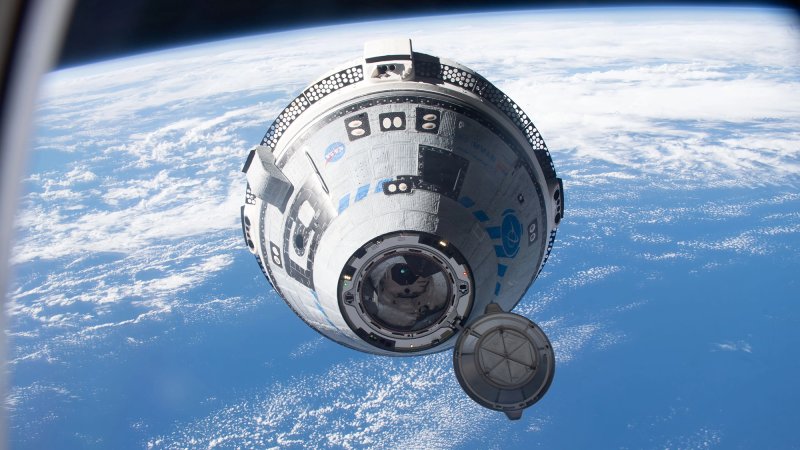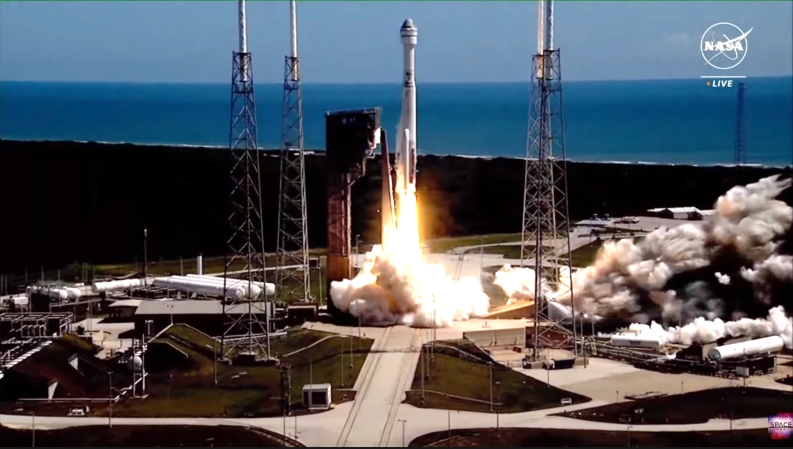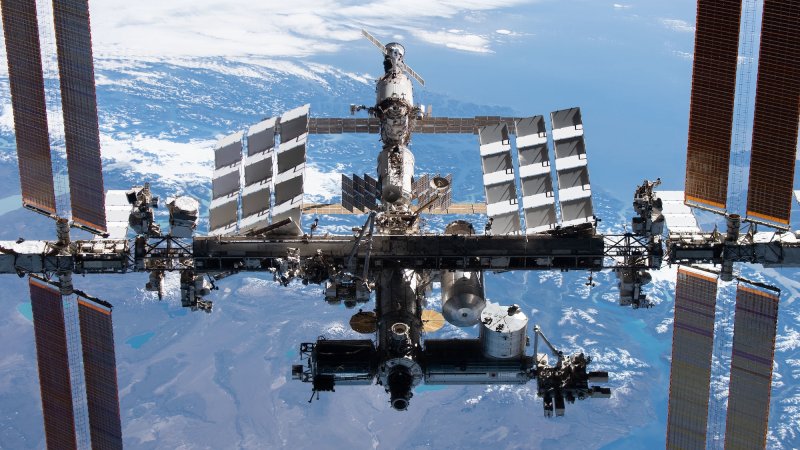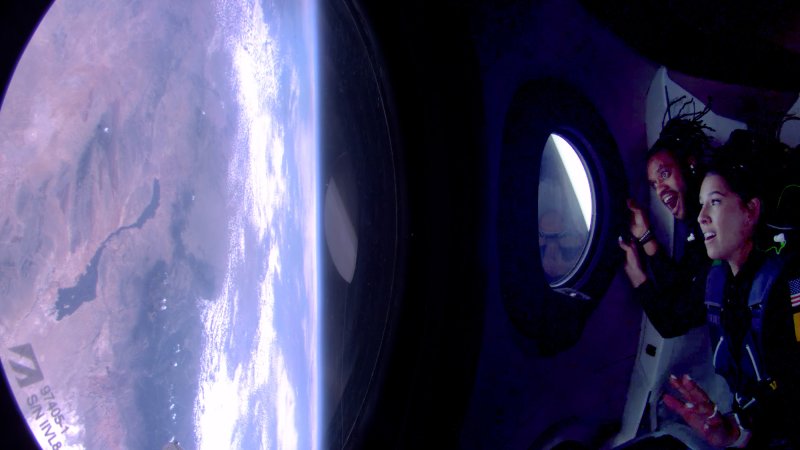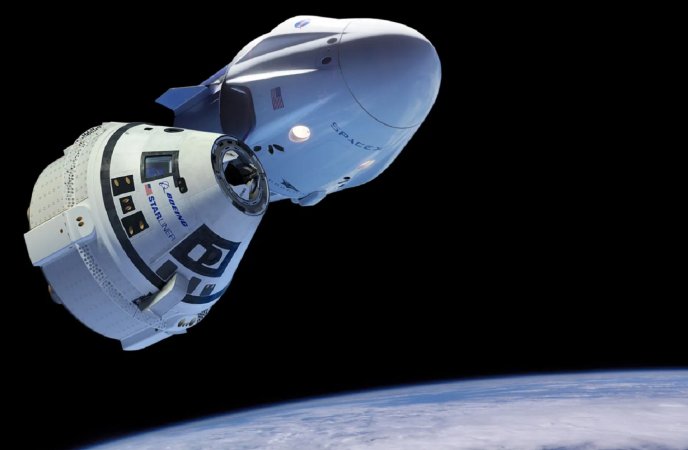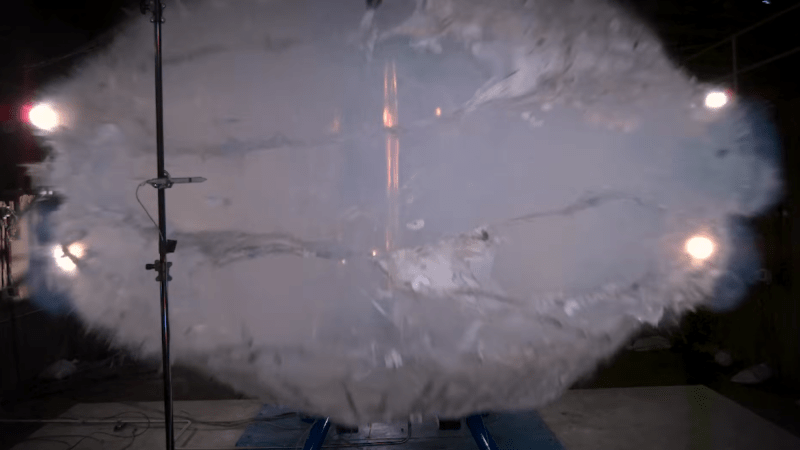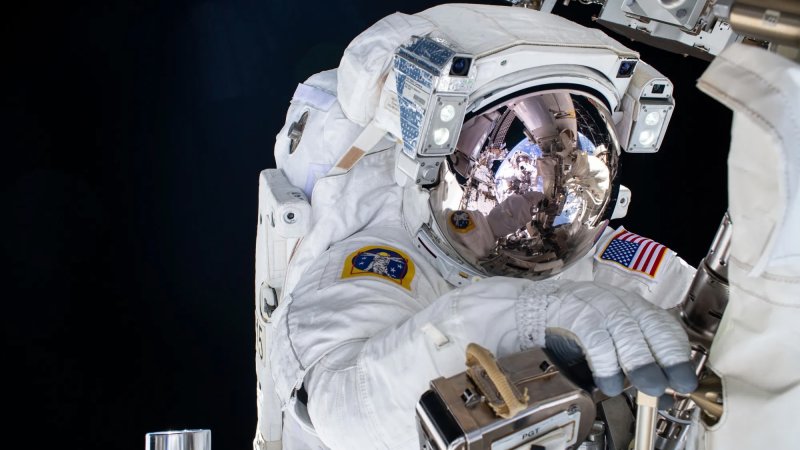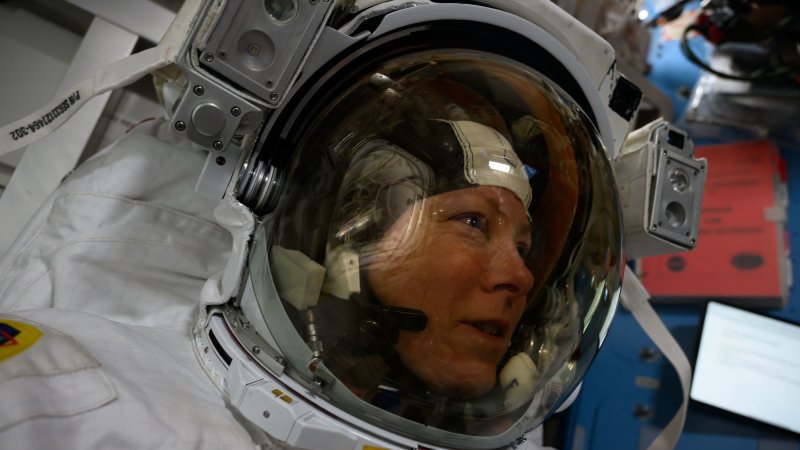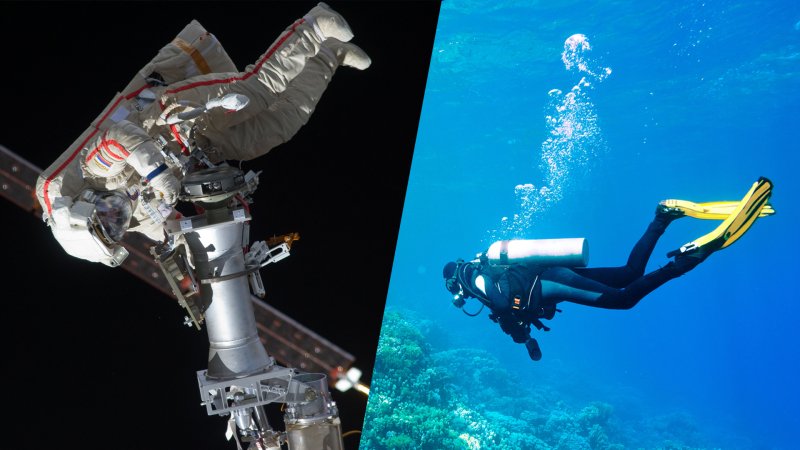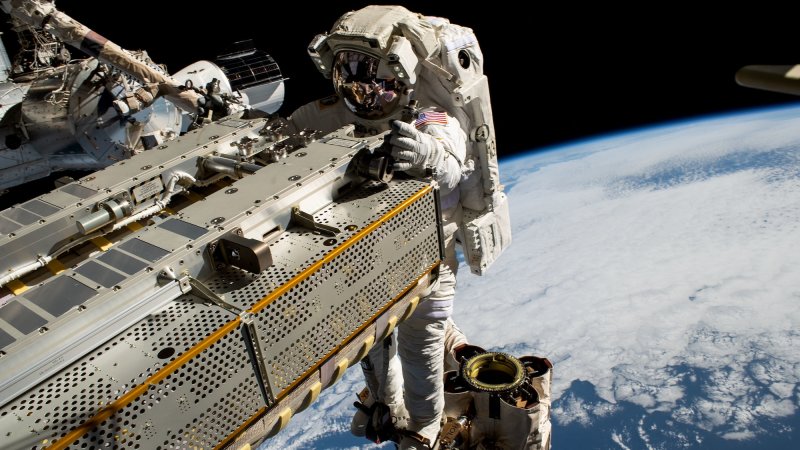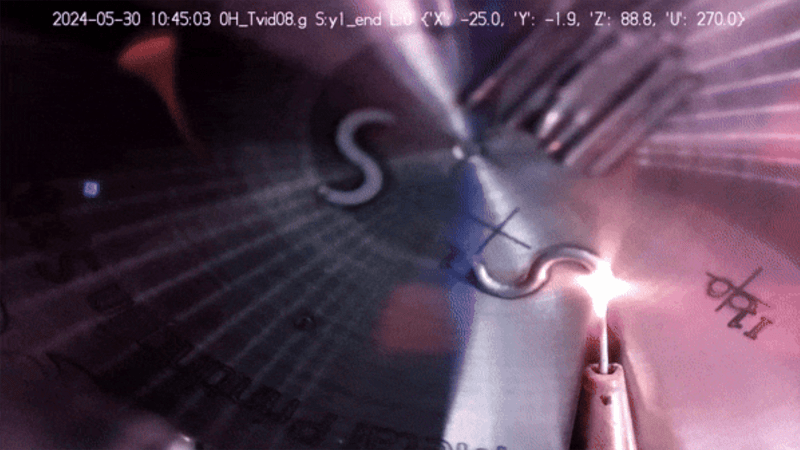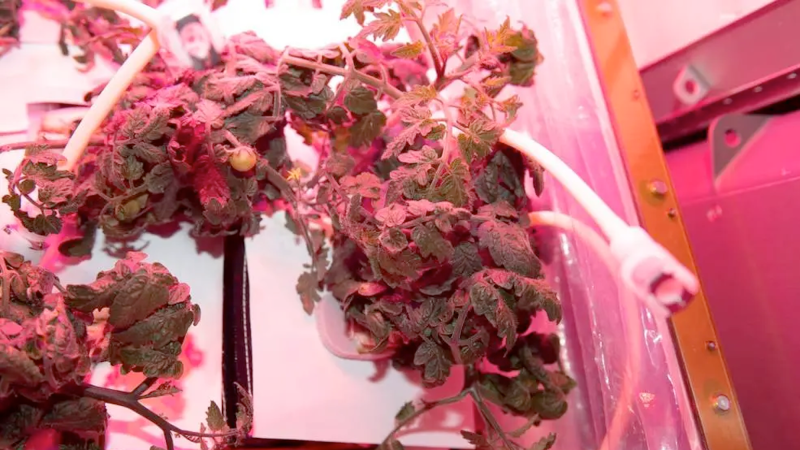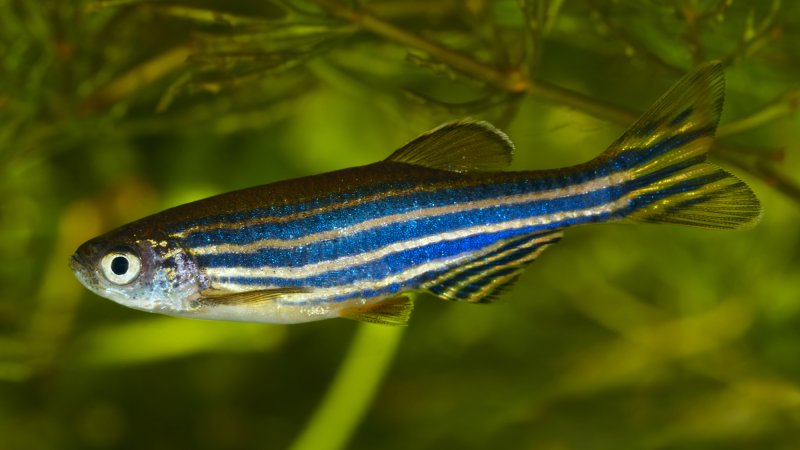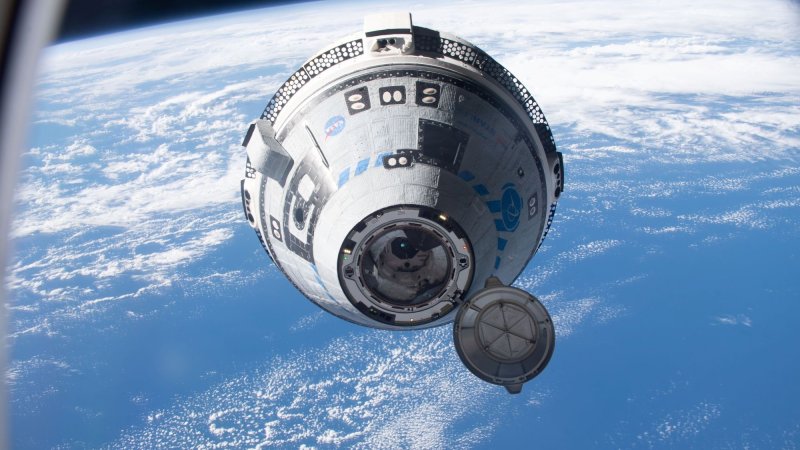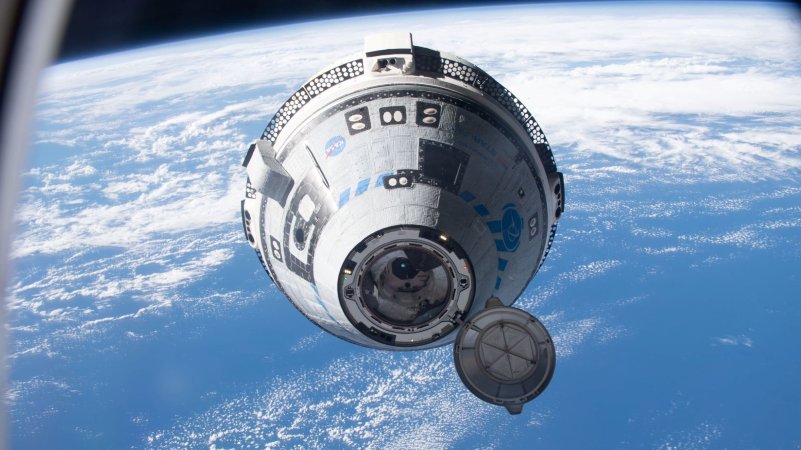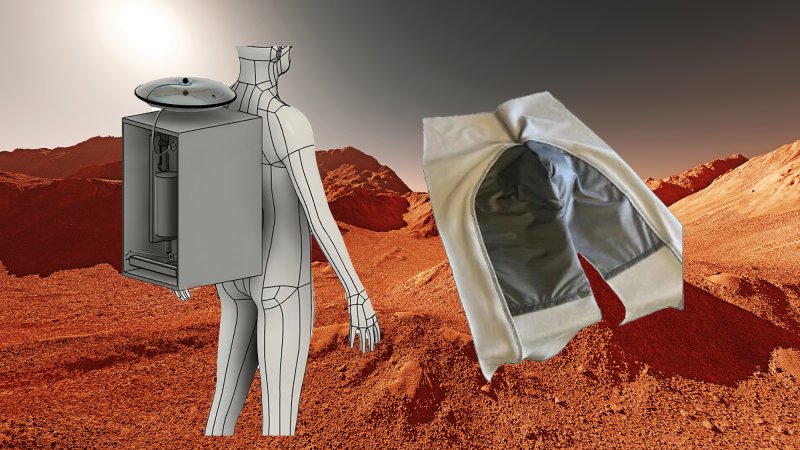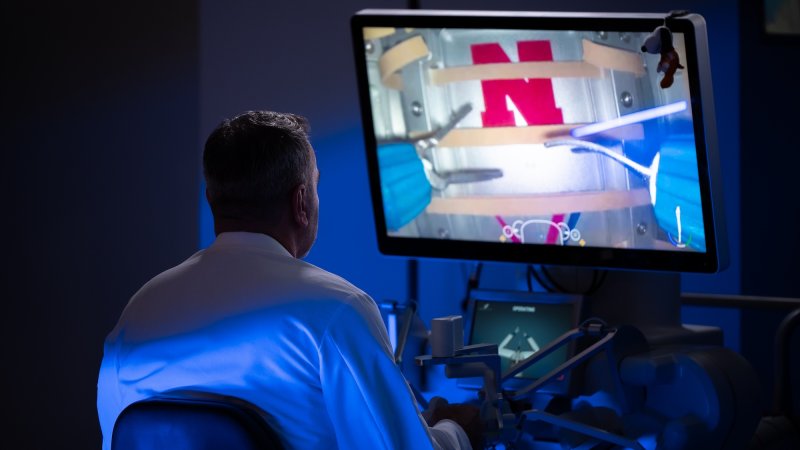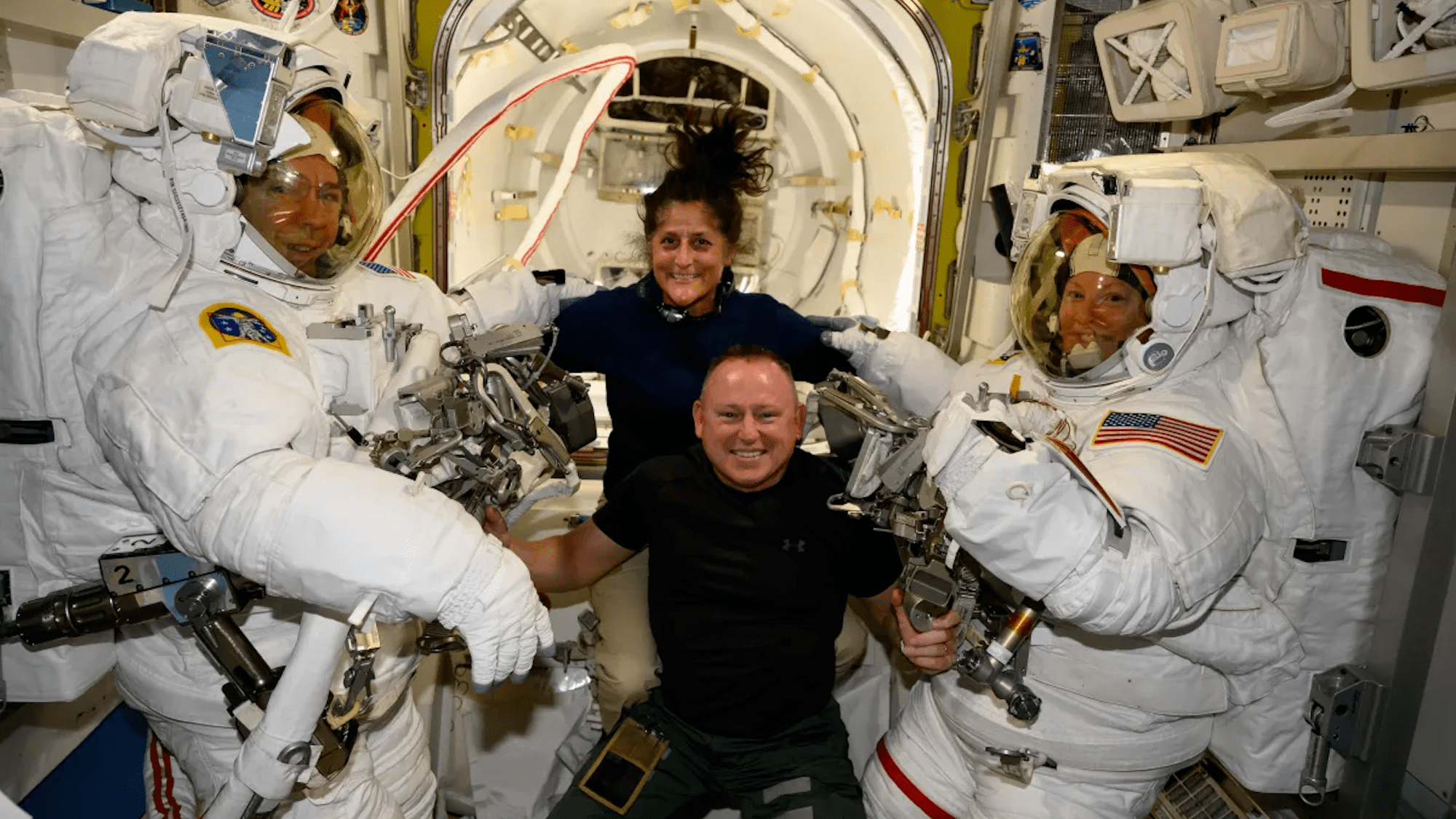

While NASA and Boeing engineers swear they are nearing a decision on how to best return Starliner crew members Butch Wilmore and Suni Williams to Earth, the astronauts apparently have had plenty to do in the meantime. According to an August 20 update, the space agency is “taking advantage” of their “extra time aboard the orbital laboratory” by putting them to work on multiple science experiments, routine maintenance chores, and prepping their International Space Station roommates for spacewalks. On top of all that, the pair are now helping with ongoing research to examine the benefits and drawbacks of both fiber optic cable production and gardening in microgravity.
While not technically “stranded” in the classic sense of the word, Wilmore and Williams have been aboard the ISS since June 6, far past their original eight-day itinerary. Shortly after the inaugural liftoff of Boeing’s Starliner at Florida’s Cape Canaveral Space Force Station, engineers noticed several technical issues related to the spacecraft’s thruster systems. Although able to safely dock with the ISS, NASA and Boeing experts have since spent weeks conducting thruster tests back on Earth while conducting copious data reviews to determine the safest solution. At last check, mission leaders say they expect to “decide on the path forward by the end of August.” Whether or not that involves Starliner or hitching a ride aboard one of SpaceX’s reusable Dragon spacecraft remains to be seen.
[Related: Boeing Starliner launches first crewed mission for NASA.]
When not assisting these efforts by monitoring Starliner’s flight systems and gathering performance data for engineers, however, Wilmore and Williams reportedly are pitching in around the ISS as needed. Their work on the ongoing Flawless Space Fibers-1 experiment, for example, aims to better understand the nuances of producing fiber optic cables in microgravity using new hardware and manufacturing techniques. Past studies indicate fibers made in space are of better quality than those created on Earth because gravity doesn’t degrade them during production. Figuring out how to most efficiently make optic cabling in space could one day improve communications systems for astronauts, strengthen microgravity lab equipment on the ISS, and even improve remote-sensing and comms arrays back on Earth.
Aside from fiber optics, NASA says the Starliner crew is also helping out with two crop-related experiments, Plant Water Management 5 and 6. These are focused on using fluids’ physical properties like surface tension and wetting as a way to keep plants properly hydrated and aerated in space. The information gleaned from these tests may soon help inform the designs of future gardening systems made specifically for reduced gravity, either on the ISS, in a lunar base, or even on Mars.
When not working, NASA reports the astronauts are still enjoying their free time through emailing, calling, and video-chatting with friends and family. Presumably, they are also crossing their fingers that they won’t be tasked with “repairing a urine processing pump,” as previously reported.
Then again, NASA has stated there’s a chance Wilmore and Williams may end up replacing two crewmembers in the upcoming (and Starliner-delayed) SpaceX Crew-9 mission that’s currently scheduled for September. If that ends up the case, then their originally eight-day trip may stretch into February 2025—plenty of time for additional urine processing pump problems.

